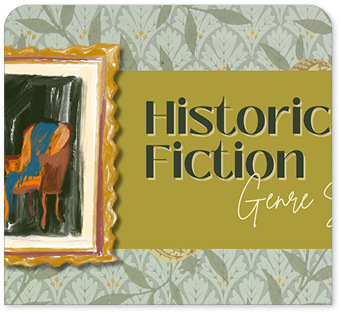-
Mon-Fri: 10AM to 8PM 01722665665
-
My Account
-
-
0
Total :
₹ 0.00

The book covers important historical events, including the decline of the Mughal Empire, the foundation of British rule, the Great Uprising of 1857, socio-economic changes under British rule, significant socio-political movements, the national movement for independence, and post-independence developments in India.
The book is written in English, making it accessible to a broad audience of students.
The book aims to provide BA 2nd Year, 3rd Semester students with a detailed exploration of modern Indian history, from the decline of the Mughal Empire to significant developments after independence.
Yes, the book is specifically designed to meet the curriculum requirements of Panjab University Chandigarh, ensuring that it aligns with the syllabus for history students.
The book is organized into 15 chapters, divided into four units that systematically cover different eras and themes in modern Indian history.
The book includes very short answer type questions to help with quick revision, explanatory notes on maps, and detailed maps illustrating important historical periods and events.
Yes, the book discusses key figures such as Clive, Warren Hastings, Jotiba Phule, B.R. Ambedkar, and Mahatma Gandhi, highlighting their contributions to Indian history
Absolutely! The book covers significant developments after 1947, including the formation of the Indian Constitution, the integration of princely states, and key political changes.
Students are typically given 3 hours to complete the examination based on the syllabus.
The paper consists of 9 questions, with the first being compulsory short answer questions, followed by essay-type questions across the four units, allowing for internal choices.
No Description Added
The book covers important historical events, including the decline of the Mughal Empire, the foundation of British rule, the Great Uprising of 1857, socio-economic changes under British rule, significant socio-political movements, the national movement for independence, and post-independence developments in India.
The book is written in English, making it accessible to a broad audience of students.
The book aims to provide BA 2nd Year, 3rd Semester students with a detailed exploration of modern Indian history, from the decline of the Mughal Empire to significant developments after independence.
Yes, the book is specifically designed to meet the curriculum requirements of Panjab University Chandigarh, ensuring that it aligns with the syllabus for history students.
The book is organized into 15 chapters, divided into four units that systematically cover different eras and themes in modern Indian history.
The book includes very short answer type questions to help with quick revision, explanatory notes on maps, and detailed maps illustrating important historical periods and events.
Yes, the book discusses key figures such as Clive, Warren Hastings, Jotiba Phule, B.R. Ambedkar, and Mahatma Gandhi, highlighting their contributions to Indian history
Absolutely! The book covers significant developments after 1947, including the formation of the Indian Constitution, the integration of princely states, and key political changes.
Students are typically given 3 hours to complete the examination based on the syllabus.
The paper consists of 9 questions, with the first being compulsory short answer questions, followed by essay-type questions across the four units, allowing for internal choices.


